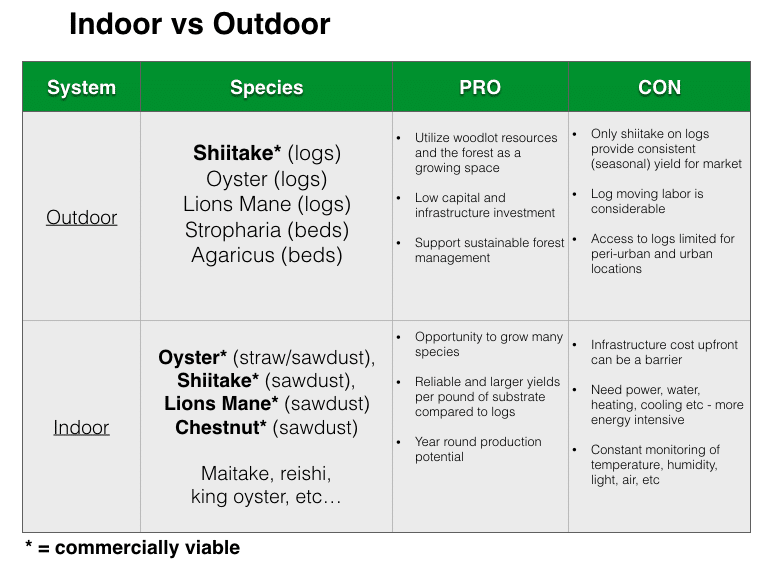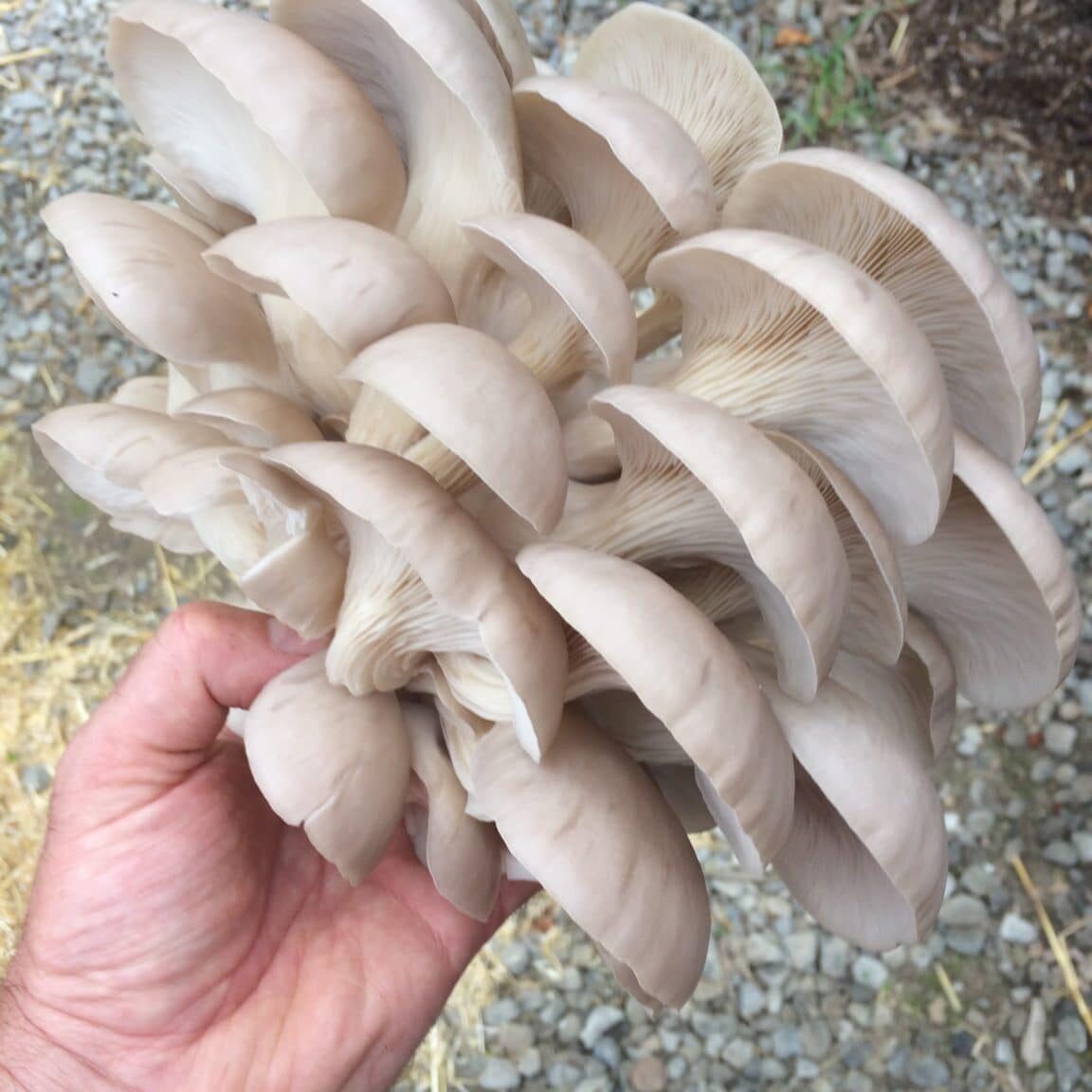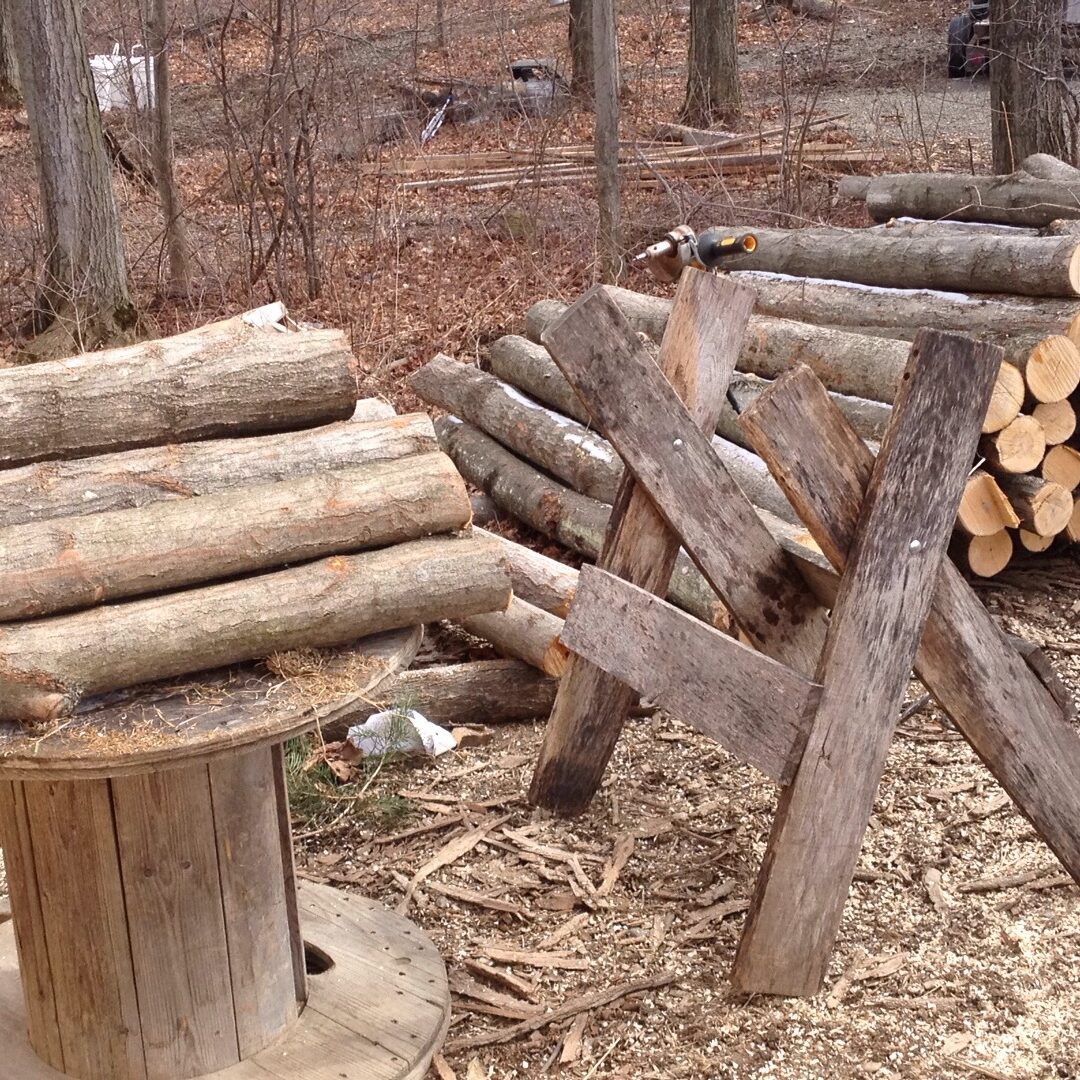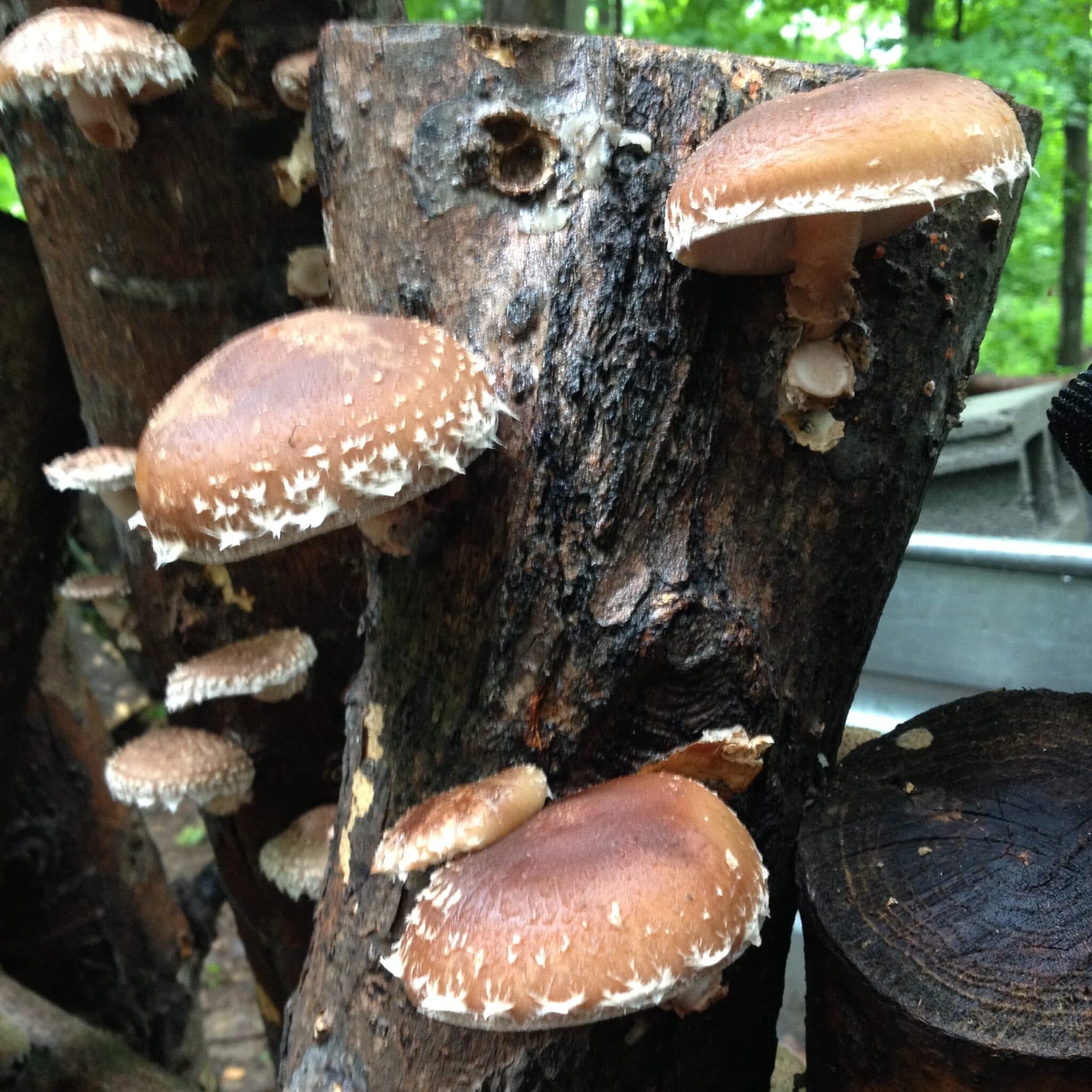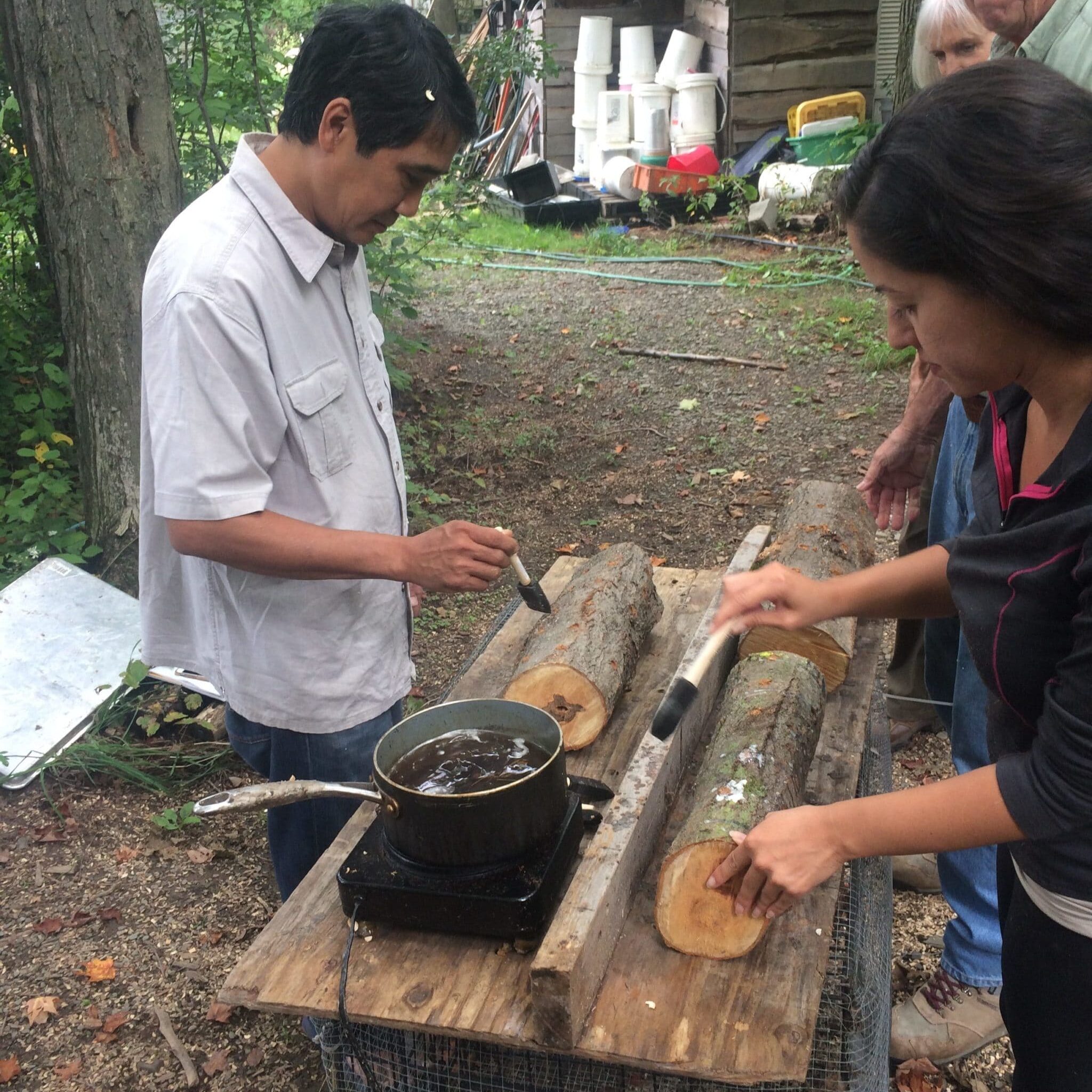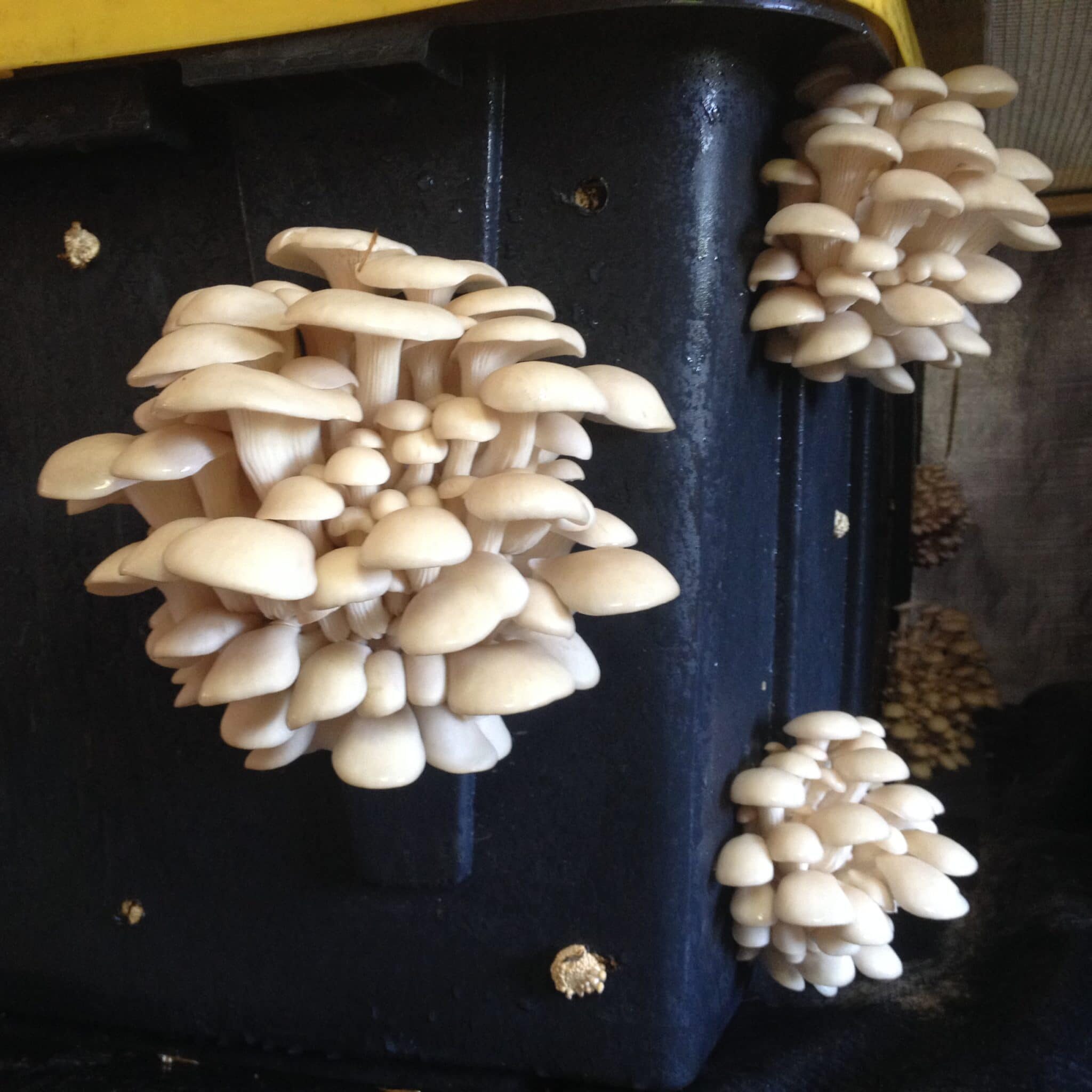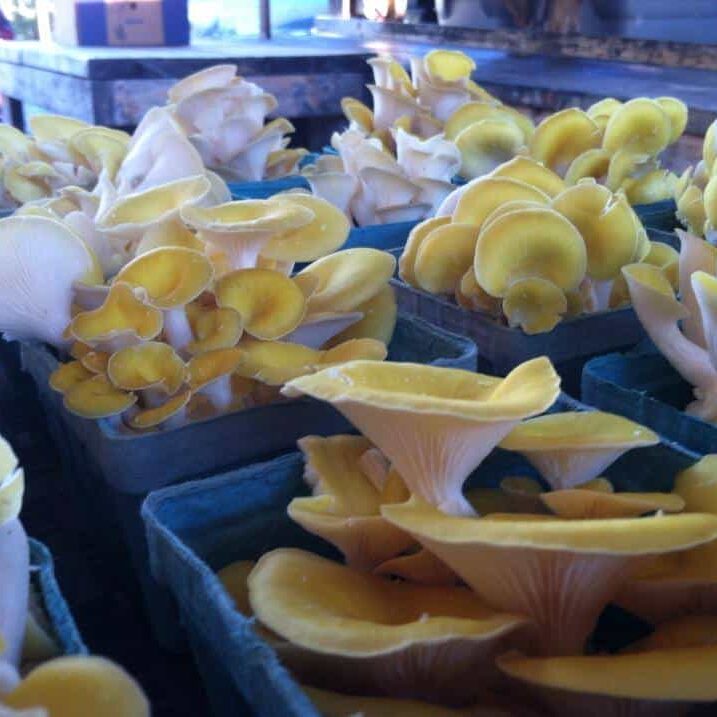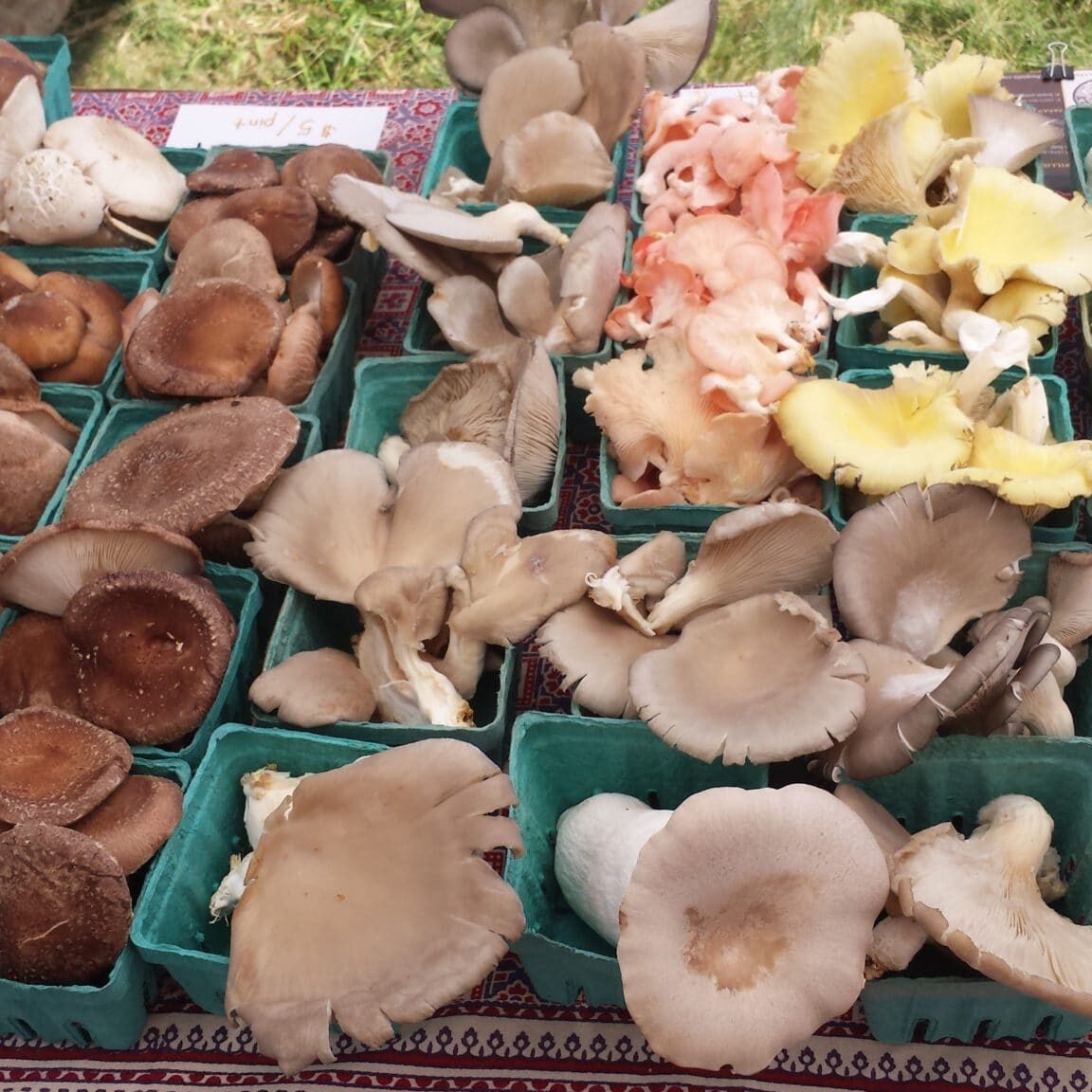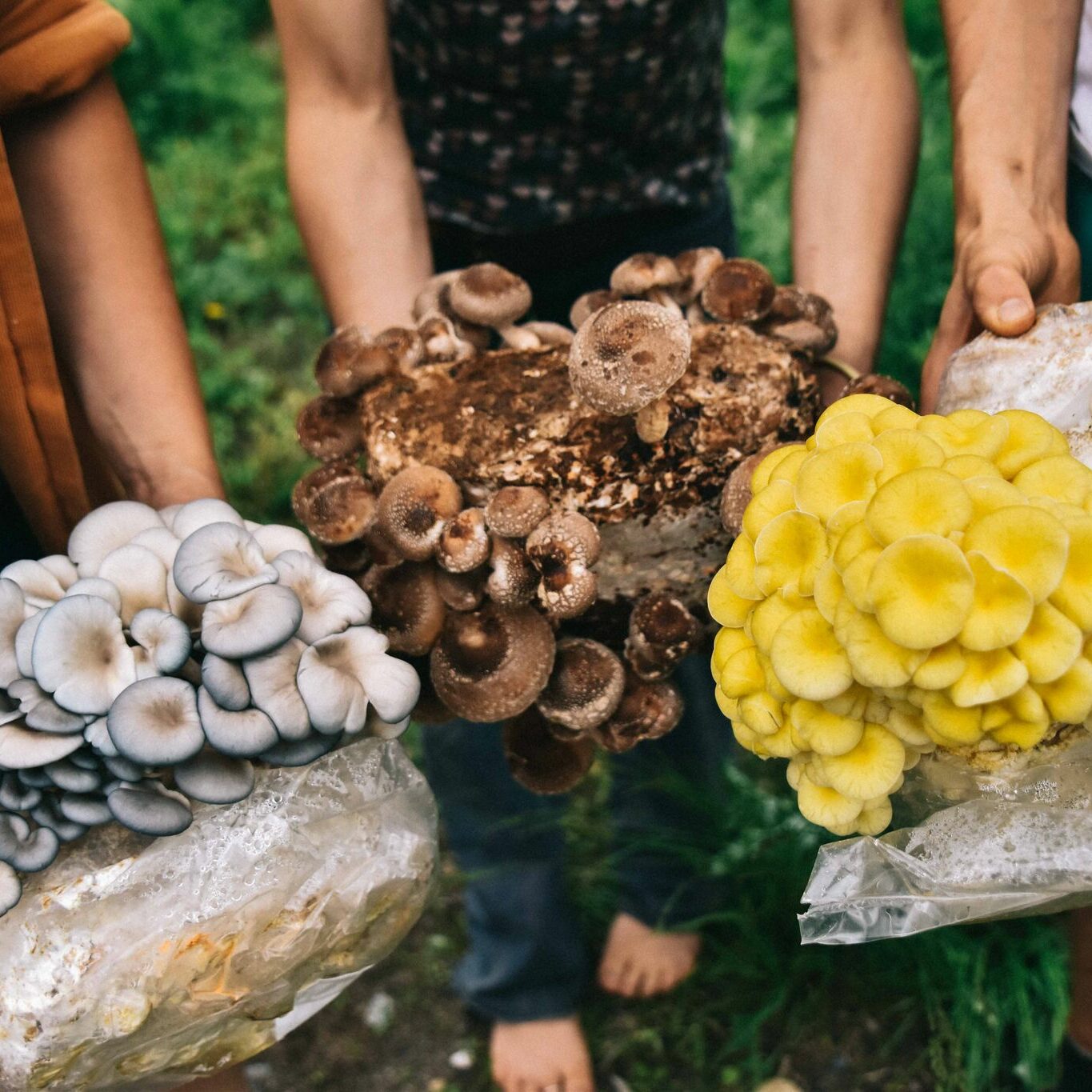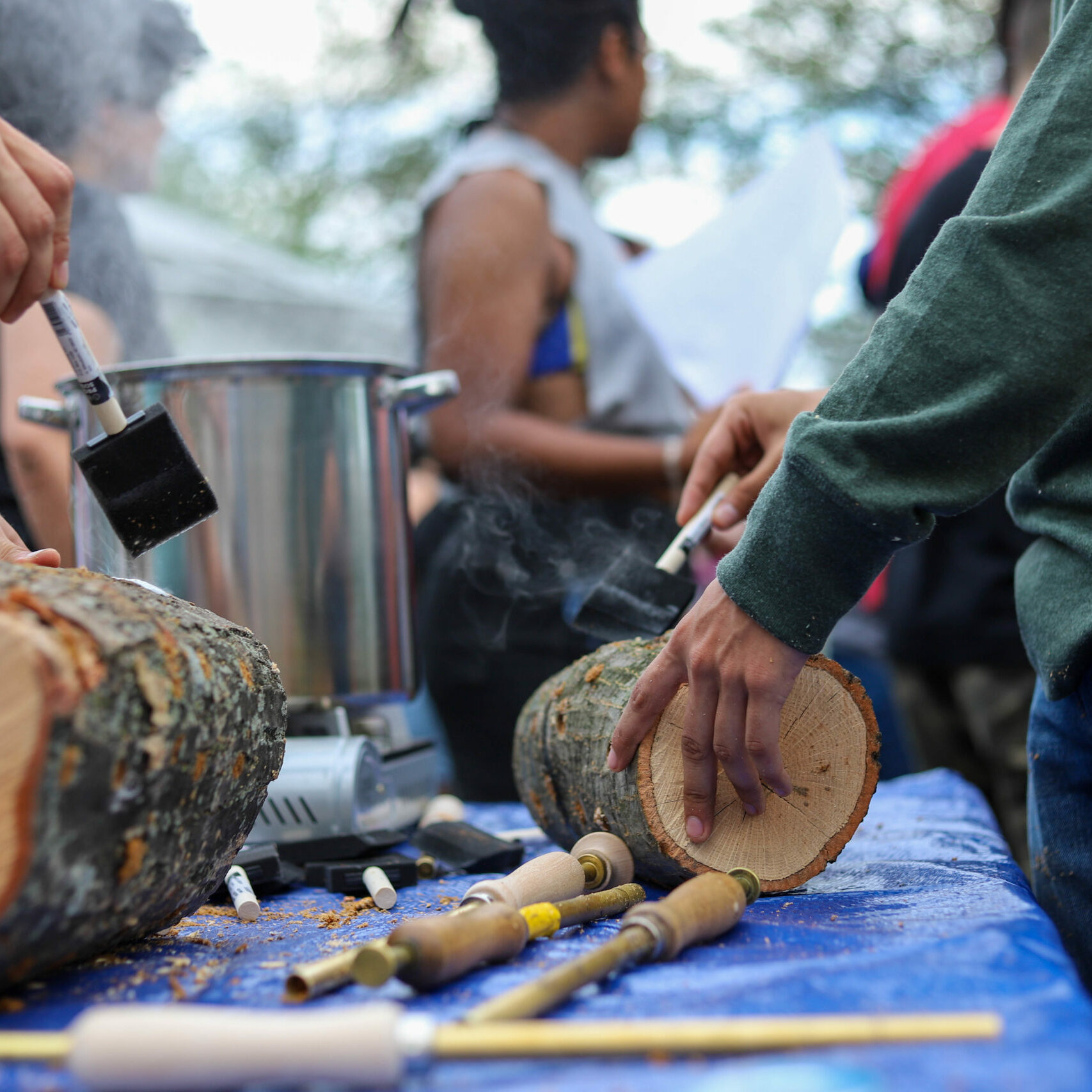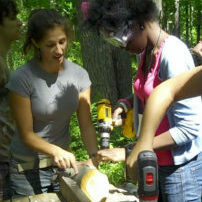Mycology 101
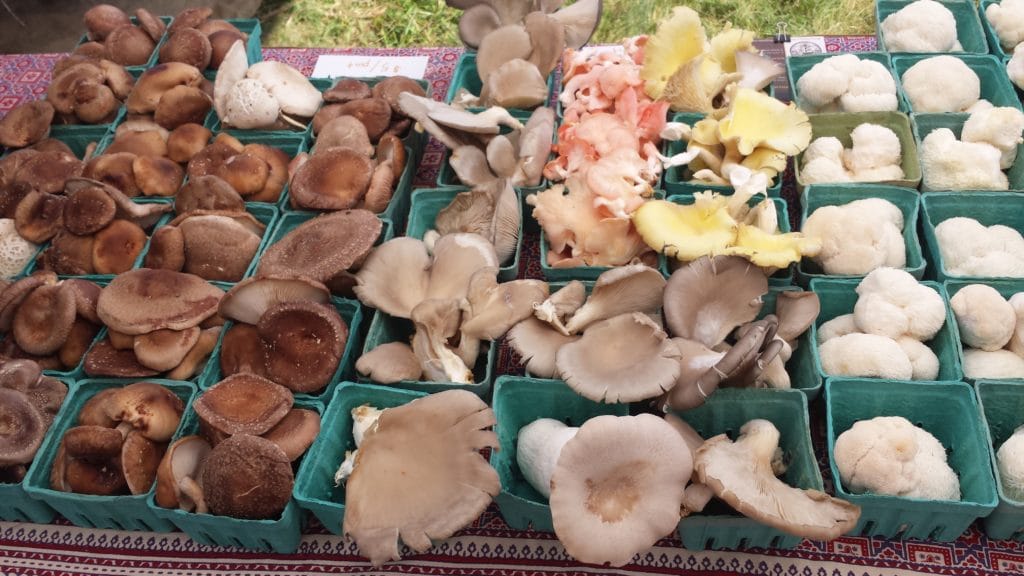
Mushroom forming fungi are a subset of the fungal kingdom that include an estimated 1.5 - 5 million species.
About 20,000 species of fruiting mushrooms have been identified, of those only 200 species have been cultivated, with about 20 reaching large scale cultivation. There is plenty of room for discovery in both the field of taxonomy and cultivation when it comes to mushroom producing fungi.
All mushrooms are fungi, but not all fungi are mushrooms!
The word mushroom refers to the fruiting body of certain fungi that can be seen by the naked eye and picked by hand. Mushrooms can grow from many different substrates and occupy many different ecological niches. There are countless different shapes, colors, and morphological characteristics that mushrooms express. Many times mushrooms have a very short lifespan so they can be difficult to study in the field. A mushroom is only one piece of the larger fungal life cycle. (See image below)
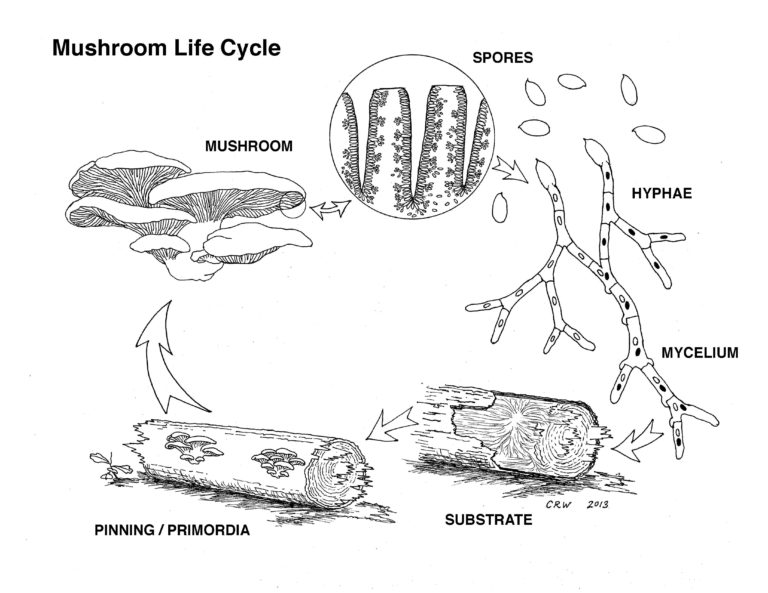
The main body of the organism is known as mycelium, which grows in multiple directions as it seeks food to digest. All fungi digest food in their environment with enzymes that are produced by the mycelium. Mycelium only has one cell wall so it is extremely sensitive to moisture loss. Because of this to find mycelium in the wild you need to roll over logs or dig into the leaves where moisture content is higher.
Mycelium is what cultivators need to grow before fruiting mushrooms. Any good tomato grower knows they need to grow healthy plants to produce beautiful tomatoes. Likewise a mushroom farmer must cultivate healthy mycelium FIRST and then create a favorable environment for mushrooms to fruit.
When the environmental conditions are right, mycelium will form mushrooms. Some fungi are very particular in what they need to switch over from mycelial growth to producing a mushroom. The most commonly cultivated mushrooms do not require much to induce fruiting. The mushroom’s main role in the life cycle is to produce spores.
Spores are similar to seeds in that they are the reproductive elements of the organism. They are microscopic packets of genetic material that are distributed by insects, rain, wind to hopefully find a new food source. Spores are produced by mushrooms in the tens of thousands. In fact every breath we take on this planet we inhale mushroom spores.
Specialty Mushroom Cultivation in the Northeast US

Learn more about Specialty Mushroom Cultivating in this booklet we developed in collaboration with Fungi Ally providing an overview of cultivation and the current state of the industry. Alternatively, you can download the booklet for free as a PDF.
Table of Contents
Commercial Mushroom Cultivation Guide

- Mission, Goals, and Strategies
- Seven Stages of Cultivation
A. Strain selection
B. Substrate preparation
C. Inoculation
D. Incubation
E. Initiation
F. Fruiting
G. Harvest - Cultivating Indoors vs. Outdoors
- Four methods of Commercial Cultivation
A. Shiitake on logs
B. Oysters on straw
C. Substrate Treatment
D. Sawdust Blocks - Indoor
E. Sawdust Blocks - Outdoor
Outdoor Growing: Mimicking Nature
In many senses, growing mushrooms outdoors is ideal because the forest (or any shady environment with good humidity and air flow) creates the ideal conditions for fruiting without the need for any climate control on the part of the farmer. Indeed, the forest is where the mushrooms we grow come from, so why not simply grow them there?
The main limit with forest or outdoor cultivation is that out of the species listed above, only the log-grown shiitake can be growth consistently enough to yield mushrooms on a weekly basis, a necessary part of the supply chain for a farm business. This is due to the unique property that shiitake logs can be soaked or “forced” to fruit by immersing the logs in water for 12-24 hours, which stimulates them to fruit.
This method can be utilized to produce mushrooms quite reliably from around the first week in June through the middle to late part of October, at least in the climate of Central NY. The other species, while successful, fruit on their own time, and so are not good choices if the goal is to produce consistent yields for markets.
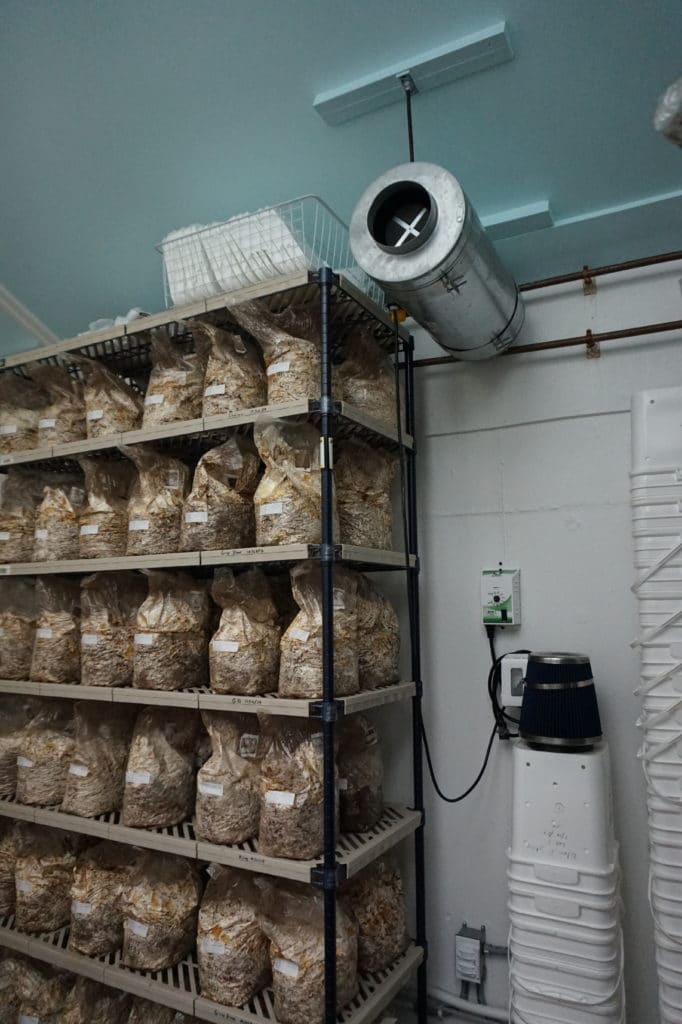
Indoors: Controlled Environment Growing
Once we step out of the woods and into a contained space, the list of species we can reliably grow starts to greatly expand. Along with it, we also have to start concerning ourselves with monitoring and maintaining the ideal environment for the various stages of production, from the incubation to fruiting. And probably most challenging, we have to take extra measures to reduce and eliminate sources of contamination in our substrates, which will arrest and prevent our desired mushrooms from fruiting. This issue is almost non-existent with outdoor production, a big advantage point.
Indoor farming systems are sometimes referred to as “controlled environment agriculture,” which includes other systems such as hydroponics, aquaponics, and greenhouse production. In contrast to CEA systems used for greens and herbs, mushrooms can be produced in locations with minimal infrastructure and capital to start and sustain production. However, considerations and controls for temperature, humidity, light, and air flow present do need to be made.
A big advantage of indoor production is that systems can be adapted to work in a wide range of abandoned and underutilized farm infrastructure including barns, outbuildings, high tunnels, and storage facilities. In an urban environment, basements, shipping containers, and warehouse spaces can be easily retrofitted for production. This positions mushrooms to be a system that is accessible to both rural and urban farms and those farmers with limited capital and access to other resources for start-up.
